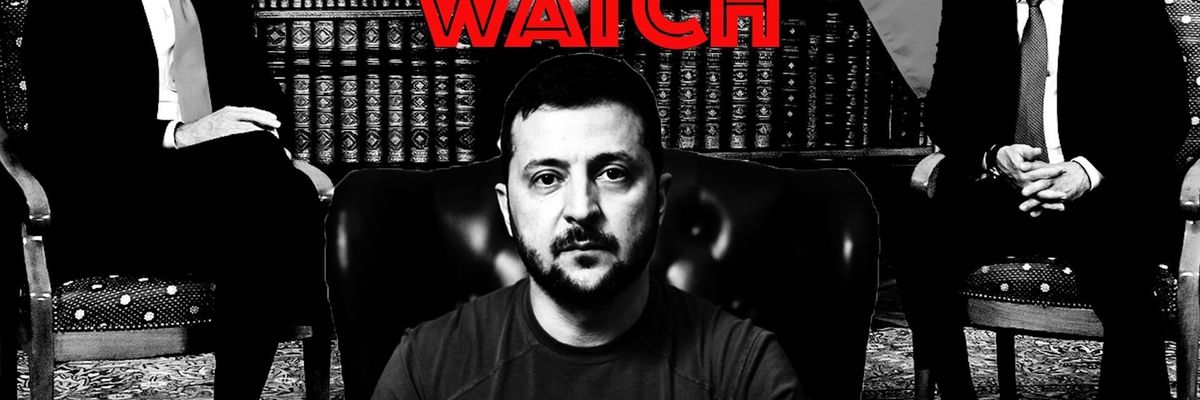Earlier this week, United Nations Secretary General Antonio Guterres warned that the world is “at a time of nuclear danger not seen since the height of the Cold War.”
“Almost 13,000 nuclear weapons are now being held in arsenals around the world,” Guterres added. “All this at a time when the risks of proliferation are growing and guardrails to prevent escalation are weakening, and when crises with nuclear undertones are festering from the Middle East and the Korean Peninsula to the invasion of Ukraine by Russia.”
The remarks, which came during a UN conference on the Treaty on the Non-Proliferation of Nuclear Weapons, are a stark reminder of the existential threat posed by nuclear bombs — a threat made significantly worse by Russia’s invasion of Ukraine, which has set back arms control efforts and increased the odds of a catastrophic nuclear exchange.
Realizing the danger of the situation, officials in Washington and Moscow have worked to manage this risk in recent months. According to Secretary of State Antony Blinken, the U.S. has sought to keep a lid on nuclear tensions by scrapping a series of planned ICBM tests and “not raising the alert status of our nuclear forces in response to Russian saber-rattling.”
Even Russian President Vladimir Putin, who initially warned that Western interference in the war would lead to “consequences you have never seen,” has ditched threats in favor of the famous dictum that “a nuclear war cannot be won and must never be fought.”
In an ideal world, this rare point of agreement between the U.S. and Russia would have two major outcomes. First, it would push both sides to return to the nuclear negotiation table, backing up their stated commitment to replacing the New START Treaty before it expires in 2026. Second, it would encourage officials in each country to take real steps toward negotiating an end to the war in Ukraine, which carries as high a risk of nuclear escalation as any conflict today.
Of course, we don’t live in an ideal world. Instead, we’re stuck in one where Moscow and Washington blame each other for, well, just about everything that’s wrong in the world. But one thing is clear: There are few better ways to reduce the risk of nuclear annihilation than working to put a rapid end to the war in Ukraine. Officials on both sides would be wise to avoid taking that fact lightly.
In other diplomatic news related to the war in Ukraine:
- On Wednesday, a ship carrying grain from Ukraine passed inspection in Istanbul on its way to Lebanon, according to Al Jazeera. The vessel, which is the first to leave Ukraine’s Black Sea ports since the February invasion, could soon be followed by 17 other ships that are currently awaiting the signal to leave Ukraine. The UN-sponsored deal to restart grain shipments could serve as a starting point for ceasefire negotiations between Ukraine and Russia, according to former German Chancellor (and close friend of Putin) Gerhard Schroeder. “The good news is that the Kremlin wants a negotiated solution,” Schroeder, who met with Putin last week, said.
- The Kremlin may reject a U.S. proposal to swap convicted arms dealer Viktor Bout for two prominent Americans imprisoned in Russia, according to Bloomberg. “[P]eople familiar with the Kremlin’s thinking” told the outlet that Moscow could seek to sweeten their end of the bargain by asking for two Russian prisoners in exchange for basketball star Britney Griner and former Marine Paul Whelan, both of whom Washington considers political hostages. (Griner was sentenced Thursday to nine years in prison for possession of cannabis oil.) Bout’s lawyer had a more optimistic take on Russia’s current thinking, telling CNN that he’s “confident this is going to get done.”
U.S. State Department news:
No press briefing was held this week.



 Top photo credit: Ngô Đình Diệm after being shot and killed in the 1963 coup (US National Archives)
Top photo credit: Ngô Đình Diệm after being shot and killed in the 1963 coup (US National Archives) 












